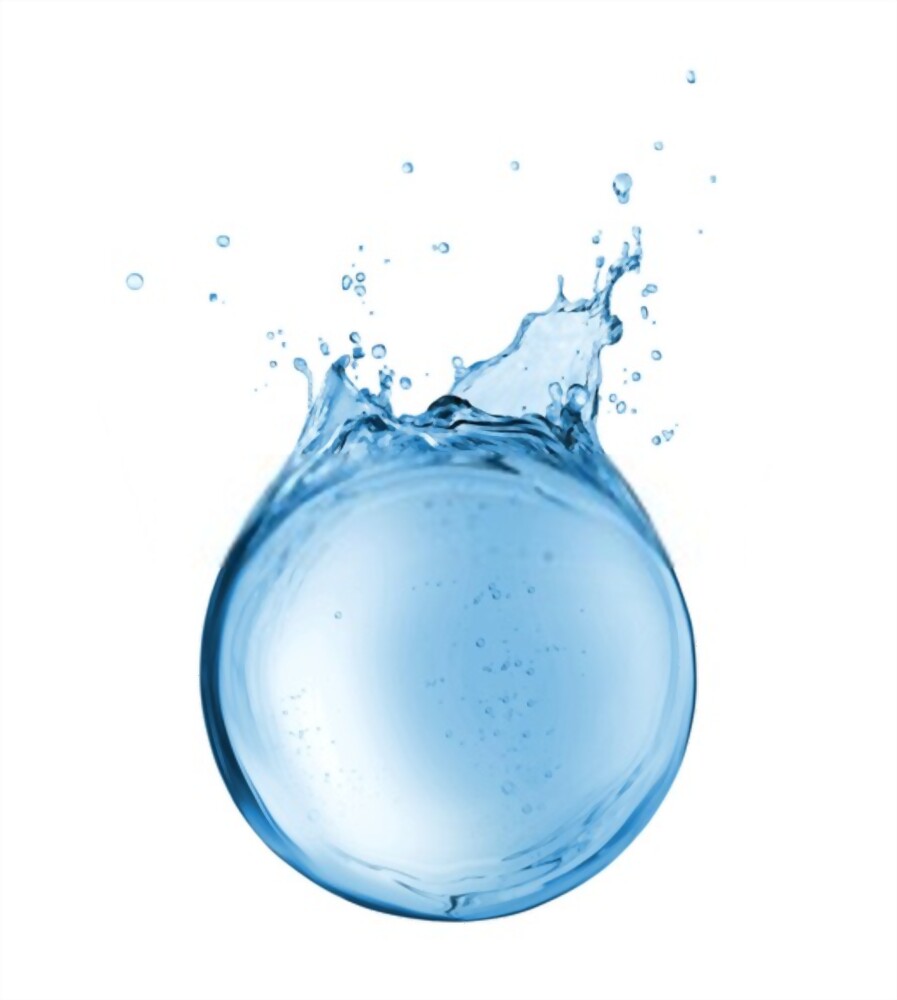Discover the true size of a drop of water and unravel the mysteries of this common substance. Explore its dimensions, variations, and fascinating properties.
Find out more about How Big is a Drop of Water? the phenomenon in this comprehensive article.
How Big Is a Drop Of Water? Size And Volume
Water droplets come in different sizes, ranging from very small 0.5 to as large as 4 millimeters. The most common size is between 2 to 2.5 millimeters. A droplet of water has a volume of about 0.05 milliliters.
In the 1800s, people didn’t use the word “minim” much to describe small amounts of liquid. Instead, they thought a drop of water was about 1/60 of a fluid dram or 1/480 of a fluid ounce, which is around 61.6 microliters. Later on, a new system was used by apothecaries, and a drop of water was estimated to be 0.05 milliliters. So, 20 drops of water were equal to exactly 1 milliliter.
To visualize the size of a drop of water, imagine a teardrop gracefully rolling down a surface. The drop you envision is likely larger than a drop suspended from a faucet or the tip of a syringe.
The shape and size of a drop depend on the gravitational forces acting upon it and the characteristics of the liquid from which it separates.
Factors Affecting the Size of a Drop of Water

Several factors influence the size of a drop of water. Let’s explore these factors and their impact:
1. Gravity
Gravity plays a significant role in shaping the dimensions of a drop of water. It pulls the liquid downward, causing the drop to elongate into a teardrop shape. The size of the drop is influenced by the balance between the upward surface tension forces and the downward gravitational forces.
2. Surface Tension
Surface tension, the cohesive property of liquids, also affects the size of a drop of water. The molecules at the surface of the liquid are more attracted to each other than to the molecules in the air. This attraction creates a “skin” on the liquid’s surface, which minimizes its surface area. The surface tension acts against gravity, causing the drop to maintain a spherical shape.
3. Liquid Characteristics
The specific characteristics of the liquid from which the drop forms also impact its size. Viscosity, temperature, and density all play a role in determining the size of a drop of water. For instance, a more viscous liquid would create a larger drop due to increased resistance to flow.
Related: How Many Gallons in A Pound of Water?
How Many Drops of Water Are Needed To Fill a Container?
We can easily determine the number of drops required to fill a container of any size by knowing that a single drop of water occupies 0.05 milliliters. The table below provides the necessary information for different container sizes.
| Container Size | Drop Size | Number of Drops (Approx.) |
|---|---|---|
| Small (e.g., cup) | Small | 500-1000 |
| Medium (e.g., bowl) | Medium | 1000-2000 |
| Large (e.g., jug) | Large | 2000-5000 |
| Extra Large (e.g., bucket) | Very large | 5000-10000 |
FAQs
How big is a drop of water mL?
A drop of water is not precisely defined in terms of volume because it can vary depending on various factors such as the type of liquid, the method of release, and the conditions of the surrounding environment. However, as a general approximation, a drop of water is often considered to be approximately 0.05 to 0.06 milliliters (mL) in volume.
Is a drop of water 1 mL?
No, a drop of water is typically not equivalent to 1 mL. As mentioned earlier, the volume of a drop of water is generally smaller, averaging around 0.05 to 0.06 mL.
What is the size of a drop?
The size of a drop of water can vary, but it is commonly described as a small, spherical-shaped amount of liquid. The actual size can depend on factors such as the liquid’s surface tension and the height from which the drop falls.
What is a very small drop of water?
A very small drop of water would refer to an even smaller amount than a regular drop. It could be a droplet or a minute bead of liquid. The specific size would depend on the context and the observer’s perception, as it could vary from person to person.